- Syracuse full day
- Trip Includes
- Trip Excludes
- Gallery
- Reviews
- Booking
Excursion to the Archaeological Park of Neapolis in Syracuse
A bit of history
Syracuse with its 3,000 years of history is one of the most important cities in Sicily. Think that in its heyday it was the largest city in the ancient world, bigger than Athens and Corinth just to give an example. It was founded by the Corinthians. Thanks to its access to the sea, the city experienced a phase of rapid development and became an important center of trade and commerce. After the victorious battle of Imera against the Carthaginians in 480 BC, a period of great growth began, not only material but also cultural and humanistic. Numerous artists arrived in the city who gave a driving force to the artistic development and the construction of various public works. Independence lasted until 211 BC. when it was conquered by the Romans. From that moment on, a slow but inexorable decline began. For a short time it was the capital of the Byzantine Empire, but following the raids and looting of the Saracens in 878 AD, the population abandoned the city. In the following centuries it underwent series of Byzantine, Arab, Norman, Swabian, Aragonese and Spanish dominations. After the earthquake in the Val di Noto in 1693, an urban redevelopment and reconstruction plan of the most important buildings in the Baroque style began in the city. The park was built in the 1950s and within its perimeter there are numerous classical monuments from the Greek and Roman eras. In the green spaces, cypresses, palms, oleanders and holm oaks grow.
Roman amphitheater
A few tens of meters after having crossed the entrance gate of the park, in front of the small church of San Nicolò dei Cordari stands the Roman Amphitheater. On the path that leads to the belvedere, sarcophagi from the necropolis of Syracuse and Megara Hyblaea have been placed. he amphitheater was built during the imperial age between the 2nd and 4th century AD, has an elliptical shape and the balustrades of the nobles are in marble. It was largely destroyed by the Spaniards in the sixteenth century, as they were little interested in the archaeological value.
Altar of Hiero II
Just beyond the amphitheater is a large expanse where a large rock altar stands.It was built by Hiero II (or Ierone) in the III century BC. and during ceremonies it was used for animal sacrifice.
Greek theatre
Completely excavated in the rock, it has a cavea with a diameter of 138 meters and was capable of holding about 15,000 spectators. It was enlarged at the behest of Hiero II in the 3rd century BC. based on an earlier theater from the 5th century.
Greek theatre
At the foot of the steps stands the orchestra and in front of it the vast area of the stage, where the scenes took place. Some parts of the entire structure were dismantled by Charles V starting from 1526, to obtain the materials necessary to fortify the island of Ortigia. Sit on the bleachers to admire the panorama that surrounds you, treat yourself to a moment of relaxation in the shade under the plants of the garden that develops in front of the grandstands.
Latomia of Paradise
This large limestone quarry, up to 45 meters deep, can be reached via dirt and gravel paths flanked by a well-kept hedge. On the sides of the path, lemon trees and beautiful at night.
Ear of Dionysius
The Ear of Dionysius is an artificial cave 65 meters long, 23 high and with a width ranging from 5 to 11 meters, famous for its acoustics. The name is obviously due to the shape and was given by Caravaggio in 1608. Legend has it that Dionisio used the cave as a prison. Thanks to the particular acoustics, he positioned himself high up and listened to the words that the prisoners exchanged in a low voice.
Ortygia
After crossing the Ponte Nuovo on the dock you enter the island of Ortigia. The visit must be done absolutely on foot. Interesting buildings overlook the maze of alleys, with wrought-iron balcony railings and Venetian-style window shutters.
Visit to the island of Ortigia
Temple of Apollo
On the adjacent square Largo XXV Luglio, delimited by a low wall, stand the ruins of the Temple of Apollo. Built between the end of the 7th and the beginning of the 6th century BC. it is considered the oldest example of a Doric temple in Sicily. The base, some trunks of columns and a part of the wall of the cell.
Jewish ghetto
The area that develops behind the Papyrus Museum is none other than the old Jewish ghetto, also known by the name of Giudecca. In this area it is possible to visit an old bath called miqwe, which stands under the Alla Giudecca hotel.
Maniace Castle
The manor is located right on the southern tip of Ortigia. It was built in 1239 at the behest of Frederick II and is one of the greatest examples of military architecture of the Swabian era. The imposing fortress retains the thirteenth-century external structure with a square plan, with cylindrical towers at the corners.
Arethusa Fountain
This millenary source of fresh water is dedicated to the nymph Arethusa, handmaid of Artemis. In the evenings with good weather, before dinner, don't forget to watch a romantic sunset along the Passeggio Aretusa.
Cathedral square
Located in the highest part of Ortigia, the clearing is surrounded by splendid buildings that represent the greatest expression of Baroque Syracuse. Some of the most beautiful buildings in Syracuse overlook the rectangular open space. The Cathedral, the Archbishop's Palace, the church of Santa Lucia alla Badia, the Palazzo Beneventano del Bosco and the former Palazzo del Senato, now the Town Hall.
The Main church Athena temple
It was built in the 7th century by adapting the ancient Doric temple of Athena dating back to the 5th century BC. It was used as a church when the island was evangelized by St. Paul. Subsequently in the Norman era it was transformed and was rebuilt between the 17th and 18th centuries. Access to the building is preceded by a flight of steps with the statues of San Pietro and Paolo on the sides. The Baroque facade was erected between 1728 and 1754 by Andrea Palma.
Private car or minivan, local guide.
All that is not mentioned in the voice includes

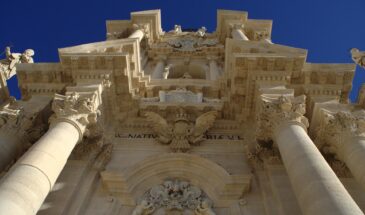
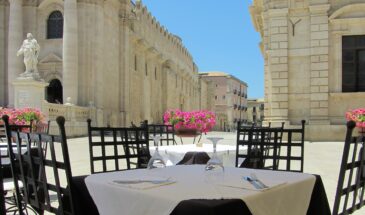
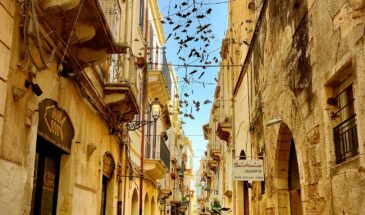
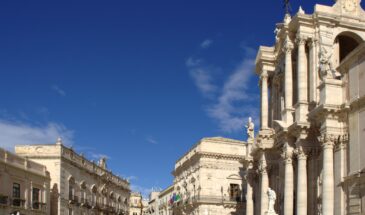
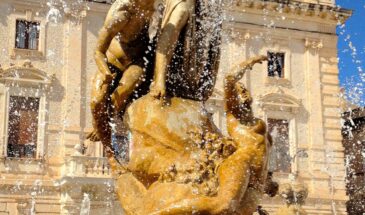
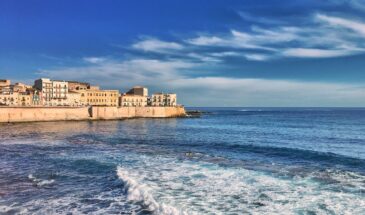
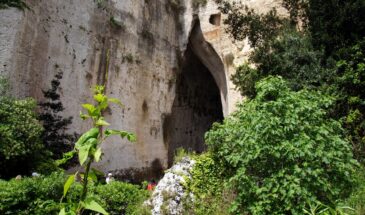
wp_2039147– :
A splendid city.
wp_2039147– :
Thanks, pleasure you have enjoyed the excursion.